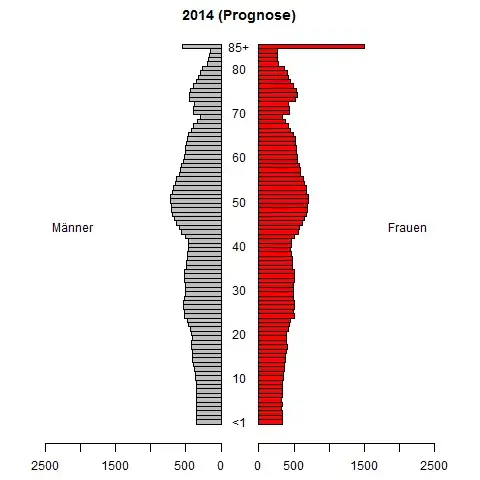I am doing some research about forecasting time series of probability density functions. We are aiming to forecast a PDF given historically observed (usually, estimated) PDF. The forecasting method we are developing performs pretty well in simulation studies.
However, I need an numerical example from real applications to illustrate our method further. So, are there any proper examples in applications (finance, economics, biology, engineering, etc.) where a time series of PDFs are collected and it is important and difficult to forecast such a time series?
